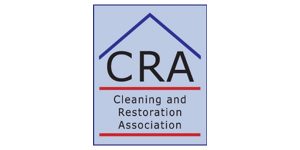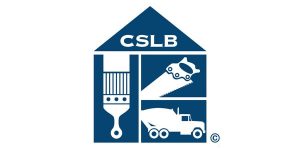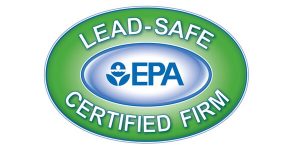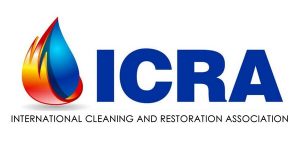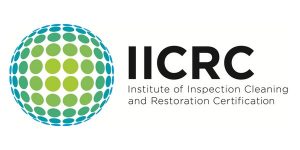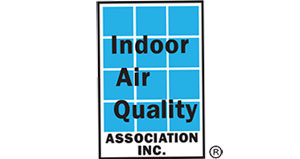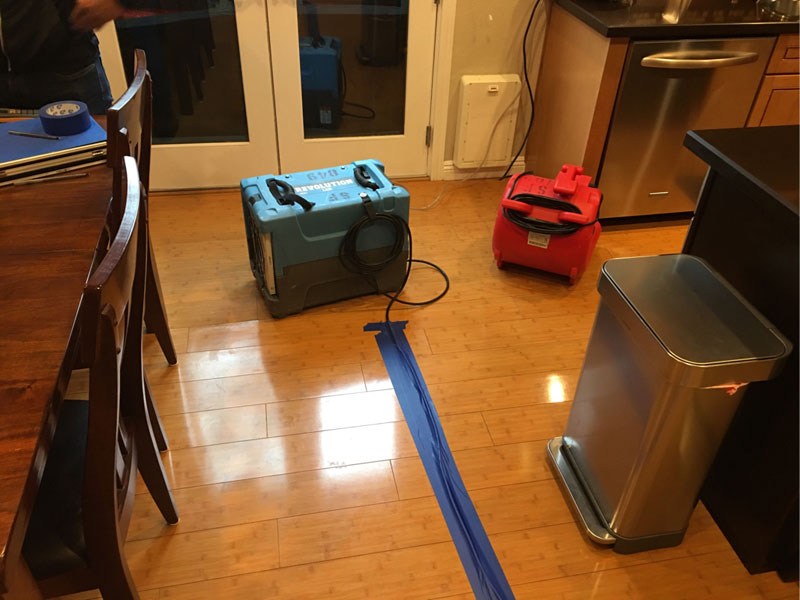
Although arguably the most devastating, storm flooding is one of the least common causes of water damage. So let’s cover the numerous more likely reasons you’ll need professional drying and restoration services. In particular, there are incidents that you might not recognize as potentially leading to serious (and expensive) property damage restoration. A simple sink or toilet problem can cost many thousands of dollars to fix once rot, warping, and mold develop. Some incidents are sudden and obvious, while others progress over time and can be completely hidden. Regardless, the sooner they’re identified and corrected the less extensive the water damage will be. And often the damage can be completely prevented.
It’s Not Just the Amount of Water
A small crack in a pipe can release 250 gallons of water in a single day. To visualize that, it’s about 6 times the capacity of the typical home water heater. But any lingering dampness leads to mold, warping (or even rotting) wood, rust, and other deterioration. Larger amounts of water simply mean a longer time to dry and that a larger area is harmed.
The Top 5 Causes of Water Damage
The exact ordering depends on your location, and not all experts agree. For the Gulf and southeast coast, hurricanes may top the list. And leaking roofs would rank higher in areas with high winds and freezing weather. But overall here are the five most common causes of damage in the home and workplace.
- Plumbing Leaks Considering the cost of repairs, plumbing leaks are second only to hurricanes in terms of total dollars in insurance claims. And they happen far more often! Pipes and fittings can leak simply due to age and corrosion, or burst completely when frozen or if poorly installed.
- Roof Leaks lead the list in many areas.
- Appliance Malfunctions are surprisingly high on the list. And ruptured washing machine hoses are among the most common. And they can quickly flood a laundry room.
- Accidents and Clogs Accidents such as an overflowing bathtub also make the list along with dislodged sink drains. Backups from clogged drains, especially commercial floor drains, can lead to extensive damage. And then there are toilet and sewer backups. Ewe. Never clean up after these yourself — the health risks are just too great.
- Storm Flooding is actually at the bottom of the list in terms of the number of incidents each year.
Other Common Causes
There’s a long list of other possibilities. Here are a few of the most frequent.
- Additional common appliance culprits include dishwashers, water heaters, and ice makers — especially as these appliances get older. Water heater leaks are most commonly the result of failing pressure relief or drain valve. But the tank can also rupture for an instant flood. For dishwashers, it’s often the door seal. Garbage disposals can also leak, unnoticed until it’s necessary to replace a cabinet.
- Air conditioner condensation. There should be a drain line, but it can become clogged leading to mold and worse. Rooftop AC units can cause extensive damage before any problem gets noticed.
- Clogged gutters lead to water leaking into the attic or roof structure, causing hidden damage that can become severe. So now you know why this autumn chore is important.
- Fire sprinklers in high rise buildings and many newer homes can be accidentally triggered, and may also develop leaks.
- A failed sump pump can quickly lead to a flooded basement.
- Just high humidity in a basement or bathroom leads to mold, and possibly more severe water damage.
Prevention
Most causes of water damage can be prevented, while immediate and complete drying can reduce or eliminate actual damage. Home and business owners should inspect their roof, gutters, and visible plumbing along with appliances and their connections at least once a year. A professional inspection every several years can be a good investment.



